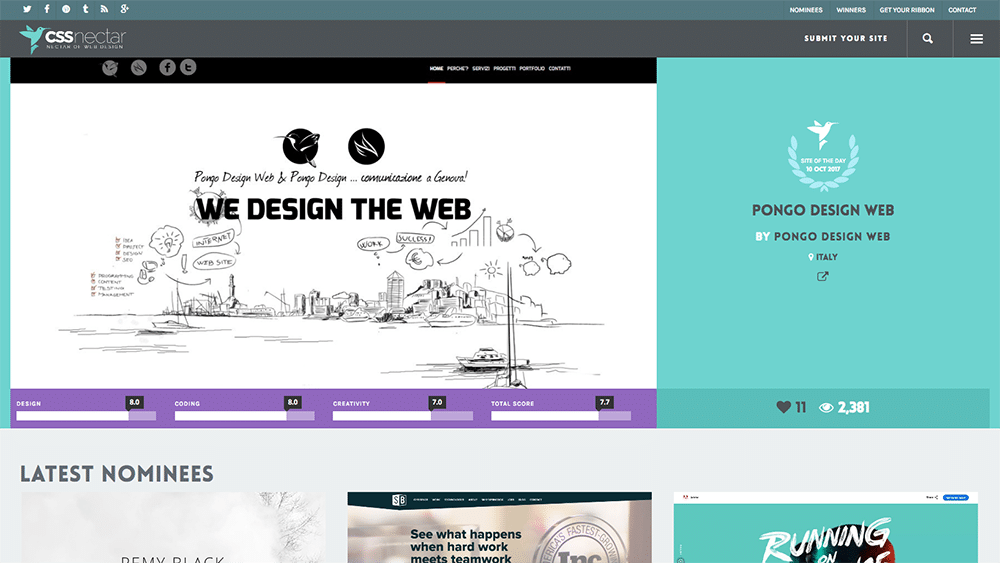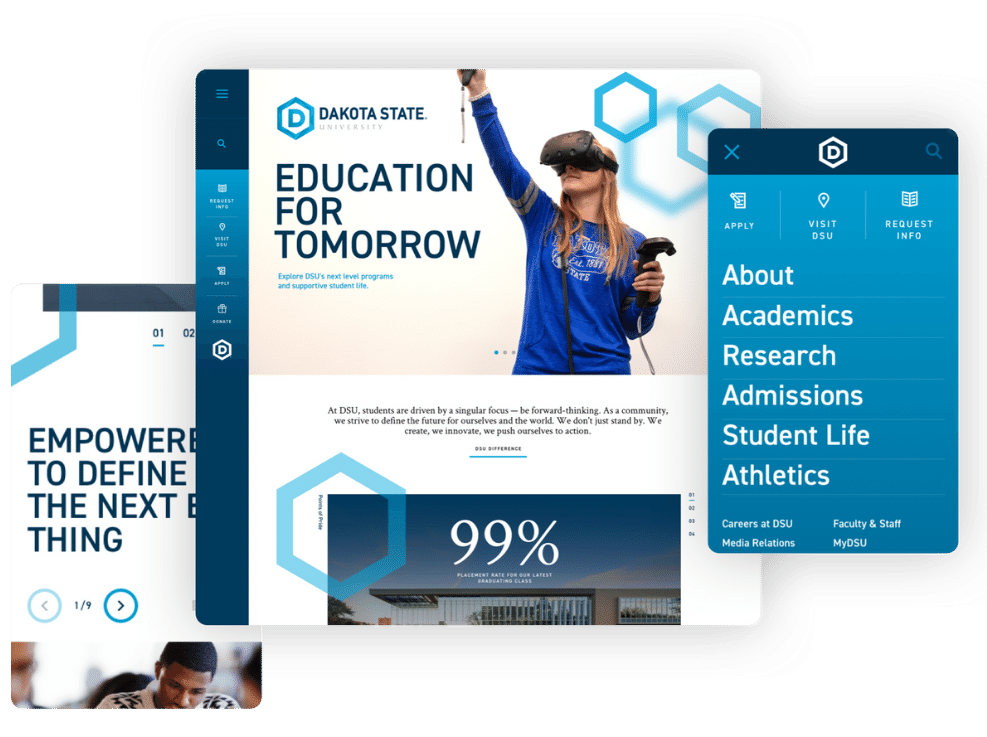Essential Principles of Web Site Design: Developing User-Friendly Experiences
By concentrating on customer demands and choices, developers can promote interaction and fulfillment, yet the effects of these principles prolong past mere performance. Comprehending just how they link can substantially impact a website's general efficiency and success, motivating a closer evaluation of their individual functions and collective impact on customer experience.

Significance of User-Centered Design
Focusing on user-centered design is necessary for producing reliable websites that fulfill the needs of their target audience. This approach puts the user at the center of the design process, guaranteeing that the internet site not just functions well yet also reverberates with individuals on an individual degree. By understanding the individuals' behaviors, goals, and choices, designers can craft experiences that foster involvement and complete satisfaction.
Furthermore, embracing a user-centered design ideology can cause boosted ease of access and inclusivity, accommodating a diverse audience. By taking into consideration numerous individual demographics, such as age, technical proficiency, and cultural backgrounds, developers can produce websites that are welcoming and useful for all.
Ultimately, prioritizing user-centered layout not only boosts customer experience but can additionally drive vital business results, such as increased conversion prices and client loyalty. In today's competitive electronic landscape, understanding and prioritizing user requirements is a critical success variable.
Intuitive Navigating Frameworks
Efficient website navigating is frequently an important aspect in enhancing customer experience. Instinctive navigating structures allow users to locate information promptly and efficiently, minimizing frustration and boosting interaction. An efficient navigation food selection ought to be easy, logical, and regular across all pages. This allows individuals to expect where they can situate details content, hence promoting a smooth surfing experience.
To produce instinctive navigation, developers should focus on clearness. Labels ought to be acquainted and detailed to customers, preventing jargon or unclear terms. A hierarchical framework, with key categories resulting in subcategories, can even more help individuals in understanding the connection between various sections of the site.
Additionally, including aesthetic cues such as breadcrumbs can lead individuals through their navigation path, enabling them to conveniently backtrack if needed. The addition of a search bar additionally improves navigability, granting users route access to content without having to navigate with multiple layers.
Responsive and Adaptive Designs
In today's digital landscape, guaranteeing that sites function perfectly throughout various gadgets is important for customer satisfaction - Website Design. Responsive and adaptive layouts are 2 essential approaches that allow this functionality, providing to the diverse series of screen dimensions and resolutions that individuals may come across
Receptive layouts employ fluid grids and adaptable photos, enabling the web site to immediately change its aspects based upon the display measurements. This method provides a constant experience, where material reflows dynamically to fit the viewport, which is specifically valuable for mobile individuals. By making use of CSS media queries, developers can produce breakpoints that enhance the layout for various article source tools without the demand for different styles.
Adaptive formats, on the various other hand, make use of predefined designs for certain display dimensions. When a customer accesses the site, the web server discovers the tool and offers the suitable format, making certain a maximized experience for varying resolutions. This can lead to quicker packing times and boosted performance, as each layout is tailored to the device's capacities.
Both responsive and flexible designs are vital for improving customer involvement and contentment, eventually adding to the internet site's overall efficiency in fulfilling its purposes.
Consistent Visual Pecking Order
Establishing a consistent visual hierarchy is pivotal for directing customers with a website's content. This principle makes sure that info exists in a way that is both engaging and instinctive, permitting customers to easily navigate and comprehend the material. A distinct power structure utilizes different layout components, such as size, shade, comparison, and spacing, to produce a clear distinction between various kinds of material.

In addition, constant application of these visual hints throughout the web site promotes experience and trust. Individuals can quickly learn to acknowledge patterns, making official statement their communications extra reliable. Inevitably, a solid aesthetic power structure not just boosts individual experience however likewise improves total site use, motivating deeper involvement and promoting the wanted actions on a site.
Accessibility for All Individuals
Availability for all customers is a view website fundamental aspect of site design that guarantees every person, despite their disabilities or abilities, can engage with and advantage from on-line web content. Designing with accessibility in mind entails executing methods that accommodate varied customer requirements, such as those with aesthetic, auditory, motor, or cognitive impairments.
One essential standard is to comply with the Internet Material Availability Standards (WCAG), which give a structure for producing accessible electronic experiences. This includes utilizing sufficient color comparison, supplying message options for pictures, and making certain that navigation is keyboard-friendly. Additionally, employing responsive layout strategies makes certain that web sites work properly throughout numerous gadgets and screen sizes, better boosting availability.
One more important variable is the use of clear, succinct language that prevents lingo, making material understandable for all individuals. Engaging users with assistive innovations, such as display viewers, requires careful focus to HTML semantics and ARIA (Easily Accessible Rich Net Applications) functions.
Ultimately, focusing on accessibility not only satisfies lawful responsibilities yet also increases the target market reach, cultivating inclusivity and boosting individual complete satisfaction. A commitment to availability reflects a devotion to developing fair digital atmospheres for all customers.
Verdict
In final thought, the vital principles of internet site design-- user-centered layout, instinctive navigating, receptive layouts, constant aesthetic power structure, and access-- jointly contribute to the creation of user-friendly experiences. Website Design. By focusing on individual requirements and guaranteeing that all individuals can properly engage with the website, developers boost usability and foster inclusivity. These concepts not just enhance user contentment yet additionally drive positive organization outcomes, ultimately demonstrating the critical value of thoughtful web site layout in today's digital landscape
These methods provide very useful understandings right into user assumptions and discomfort points, allowing developers to tailor the internet site's attributes and material appropriately.Efficient internet site navigating is frequently an essential variable in improving user experience.Developing a regular visual power structure is critical for leading individuals via a website's material. Inevitably, a solid aesthetic hierarchy not just boosts user experience yet likewise enhances overall website usability, encouraging deeper engagement and facilitating the preferred actions on a site.
These principles not only enhance customer complete satisfaction however also drive favorable service results, inevitably showing the important significance of thoughtful site layout in today's electronic landscape.